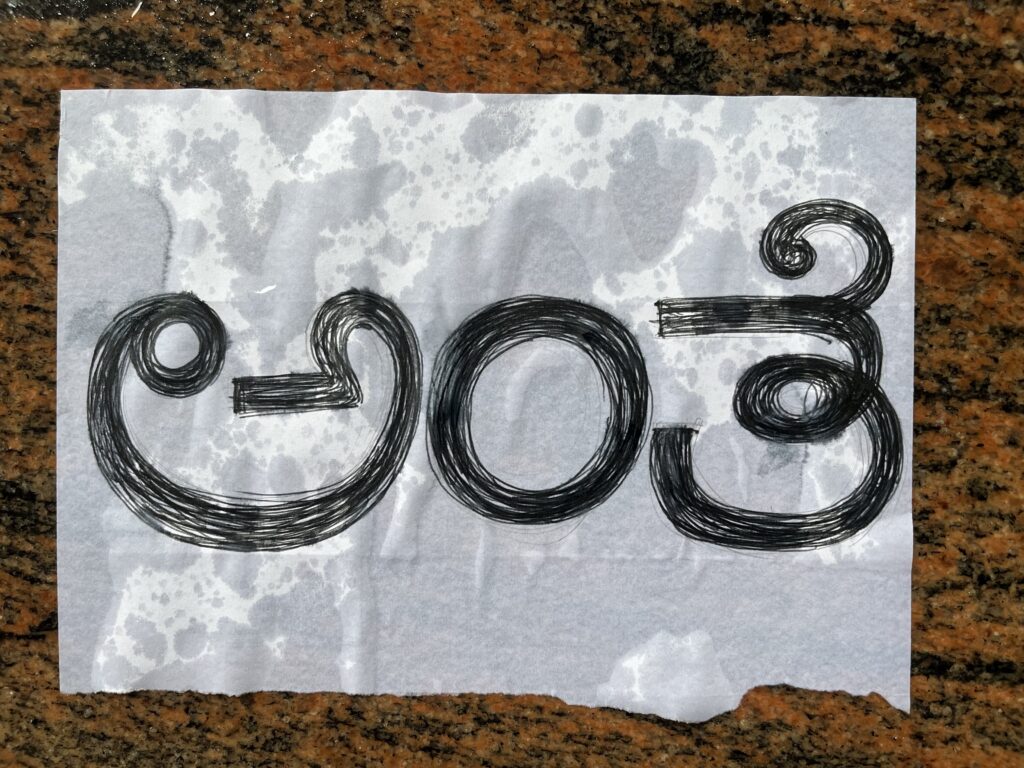Just over a year ago,sexasia | Adult Movies Online a space rock hurtled through the Martian atmosphere, broke apart, and slammed into the red desert.
NASA just revealed footage of the new impact craters on Sept. 19, as well as three other earlier impacts. The collisions were significant enough for the space agency's geologic probe, InSight, to detect "marsquakes" from up to 180 miles away.
"After three years of InSight waiting to detect an impact, those craters looked beautiful," Ingrid Daubar, a planetary scientist at Brown University, said in a NASA statement.
The image atop this story shows the result of a meteoroid — a space rock that has yet to impact the surface — that exploded in the Martian atmosphere into at least three "shards," ultimately leaving three fresh craters in the ground, NASA explained. The InSight lander, equipped with a sensitive seismometer, detected the explosion and impacts. Although InSight is running out of power, it certainly continues to make meaningful extraterrestrial observations.
SEE ALSO: 'Monster' Mars quake shows the red planet isn't nearly deadAfter InSight detected the booms, NASA sent its Martian satellite, the Mars Reconnaissance Orbiter, to scour the region for darkened patches on the desert floor. Dark areas are telltale evidence of newly disturbed soil and dust. (The unnatural blue hues are added to make impact details more apparent.)
"Those craters looked beautiful."
A few other impact craters detected by InSight and imaged by the Mars Reconnaissance Orbiter in 2020 and 2021 are shown below:
 Relatively fresh impact craters on Mars created in 2020 and 2021. Credit: NASA / JPL-Caltech / University of Arizona
Relatively fresh impact craters on Mars created in 2020 and 2021. Credit: NASA / JPL-Caltech / University of Arizona This Tweet is currently unavailable. It might be loading or has been removed.
Space is a story of collisions. They happen regularly in our solar system. Often wayward asteroids make chance impacts with other objects orbiting the sun.
Our solar system isn't nearly as chaotic as it was billion of years ago, so impacts are relatively fewer. But the heavily-cratered moon, whose surface isn't recycled like Earth's, leaves poignant evidence of cosmic impacts in our solar system neighborhood.
NASA and its astronomical partners are vigilantly watching skies for any potential impacts with Earth in the coming years. But there's nothing threatening, that we know about, on the horizon. As Mashable previously reported:
"Fortunately, no known asteroidover 460 feet across will threaten Earth in the next century or so. The chances of a major impact in our lifetimes is, as far as we know, extremely small, astronomers say. To illustrate, impacts by objects around 460 feet in diameter occur every 10,000 to 20,000 years, and a "dinosaur-killing" impact from a rock perhaps a half-mile across or larger happens on 100-million-year timescales."
Yet astronomers hope to know if a sizable space rock is headed our way, years in advance.
"You need to know what's coming, when it's coming, and how hard it's going to hit," Eric Christensen, director of the asteroid-seeking Catalina Sky Survey in Arizona, told Mashable.
(Editor: {typename type="name"/})
 Trump tariff news: See the latest impacts on consumer tech
Trump tariff news: See the latest impacts on consumer tech
 What to know before buying something from TikTok Shop
What to know before buying something from TikTok Shop
 Inside Alice Munro’s Notebooks by Benjamin Hedin
Inside Alice Munro’s Notebooks by Benjamin Hedin
 At the Great Florida Bigfoot Conference by Jason Katz
At the Great Florida Bigfoot Conference by Jason Katz
 What cracked the Milky Way's giant cosmic bone? Scientists think they know.
What cracked the Milky Way's giant cosmic bone? Scientists think they know.
Best robot vacuum deal: Eufy Omni C20 robot vacuum and mop at record
 SAVE $300: As of May 6, get the Eufy Omni C20 robot vacuum and mop for $399.99 at Amazon. That's a d
...[Details]
SAVE $300: As of May 6, get the Eufy Omni C20 robot vacuum and mop for $399.99 at Amazon. That's a d
...[Details]
"Perfection You Cannot Have": On Agnes Martin and Grief by Cody Delistraty
On Getting Dressed by Isabel Cristo
 On Getting DressedBy Isabel CristoJuly 30, 2024First PersonWilliam Merritt Chase, Young Woman Before
...[Details]
On Getting DressedBy Isabel CristoJuly 30, 2024First PersonWilliam Merritt Chase, Young Woman Before
...[Details]
Microsoft could bring 'Starfield' and 'Indiana Jones' to PlayStation
 The console wars may officially be over. OK, that's a little dramatic, but it sounds like Xbox is ge
...[Details]
The console wars may officially be over. OK, that's a little dramatic, but it sounds like Xbox is ge
...[Details]
CPU Price Watch: 9900K Incoming, Ryzen Cuts
Apple Vision Pro drop test: Did the $3,500 headset survive the fall?
 The metal-and-glass Apple Vision Pro is nearly $4,000, so for all that money, it better be solid eno
...[Details]
The metal-and-glass Apple Vision Pro is nearly $4,000, so for all that money, it better be solid eno
...[Details]
Forget about Mars for a minute: Let's talk about these rad moon missions
 While the 2030s might be owned by missions to Mars, the 2020s belong to the moon.A number of compani
...[Details]
While the 2030s might be owned by missions to Mars, the 2020s belong to the moon.A number of compani
...[Details]
Bumble launches AI tool to weed out scams and fake profiles
 No matter what you're looking for on a dating app, most of us can agree on one thing: we want to tal
...[Details]
No matter what you're looking for on a dating app, most of us can agree on one thing: we want to tal
...[Details]
Best robot vacuum deal: Save $200 on Eufy X10 Pro Omni robot vacuum
 Save $200: As of May 16, the Eufy X10 Pro Omni robot vacuum is on sale for $699.99 at Amazon. That's
...[Details]
Save $200: As of May 16, the Eufy X10 Pro Omni robot vacuum is on sale for $699.99 at Amazon. That's
...[Details]
Anthe: On Translating Kannada by Deepa Bhasthi
 Anthe: On Translating KannadaBy Deepa BhasthiJuly 22, 2024On LanguageDrawing by Deepa Bhasthi.Anthe
...[Details]
Anthe: On Translating KannadaBy Deepa BhasthiJuly 22, 2024On LanguageDrawing by Deepa Bhasthi.Anthe
...[Details]
Best Samsung deal: Save $60 on 64GB Samsung Galaxy Tab A9

New Books by Nicolette Polek, Honor Levy, and Tracy Fuad by The Paris Review

接受PR>=1、BR>=1,流量相当,内容相关类链接。